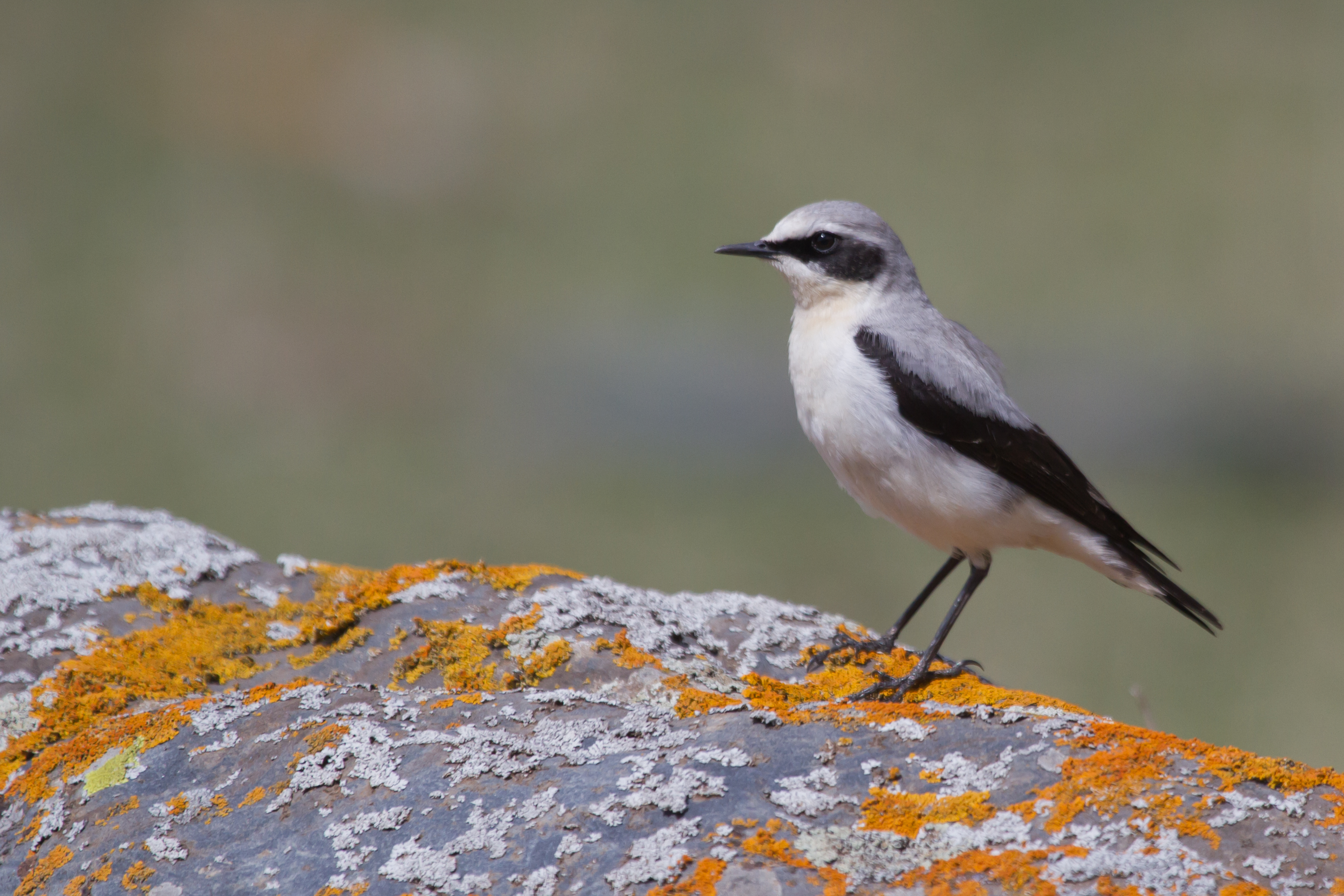This is an article I wrote for the Cumnor Village Magazine for their April 2019 edition:
A walk around the fields surrounding Cumnor this month could easily produce a sighting of one of the most remarkable migrant birds on earth: the Northern Wheatear. Wheatears are ground loving birds. They feed on insects and invertebrates found in short grass in exposed fields and meadows. They are attractive birds. Spring males have a black mask and a blue-grey back. But whilst most often seen on the ground they are most easily detected when they fly. Their lower back, just above the black tail, is pure white. When a Wheatear flies, the flash of white is very obvious.
Wheatears do not breed in Oxfordshire. The birds we see in the fields around Cumnor are pausing on their migration between their wintering grounds and their breeding grounds. The story of Wheatear migration is quite incredible. Every Wheatear on earth spends its winter in Africa, on the vast dry plains just south of the Sahara. This is their ancestral home. Their winter range stretches in a wide band across central Africa, from Mauritania in the west across to Sudan in the east.
Every spring, Northern Wheatears leave their wintering grounds and fly north in their millions. But unlike the Swallows, House Martins and warblers that migrate with them, most Wheatears do not finish their journey in England. In fact, for some birds their journey has only just begun. Some populations of Northern Wheatears continue across the UK and fly directly to Greenland and north-east Canada. Recent research has shown that these birds undertake a sea crossing of over 3,000km (1,500 miles) in a single flight. Quite an achievement for a bird that only weighs as much as four ten pence pieces.
Every autumn these Northern Wheaters repeat their epic journey and fly from Canada and Greenland, back to central Africa. They are one of very few bird species that breed in the new world, but winter in the old world. These populations are known as “Greenland Wheatears”. They have longer wings than the birds that breed in Europe, reflecting their much longer migrations. Greenland Wheatears are more richly coloured than European Northern Wheatears, often having rich, apricot-coloured underparts:
 Probable Greenland Wheatear, Cuddesdon, April 2011
Probable Greenland Wheatear, Cuddesdon, April 2011
But Greenland Wheaters are not the most travelled Wheatears. The incredible migration of Greenland Wheatears from Africa, into Europe and then out across the Atlantic is dwarfed by the distances covered by their eastern cousins. Northern Wheatears that winter in east Africa breed right across northern Russia, and have even spread into Alaska. A single spring migration for these birds involves flying across Asia for some 15,000km (9,000 miles). They then raise young and depart the short northern summer for their African homeland, crossing half the world in order to do so.
The Northern Wheatears we see in Oxfordshire in autumn are a different colour to the birds seen in spring. They replace their breeding finery with their winter plumage, one suited to the dry brown shades of the plains of Africa:
Nothern Wheatear, Cuddesdon, August 2013
If you are out walking this month and flush a bird from the ground which shows a clean white rump as it flies, then you have probably found a Northern Wheatear. These birds like a view and often perch on rocks, mounds of earth or even hedgerows. Make the most of your views of them. For those very same birds could be in Greenland or Canada within days, having completed one of the most incredible flights of migration.
 Northern Wheatear, Lundy Island, October 2010.
Northern Wheatear, Lundy Island, October 2010.
